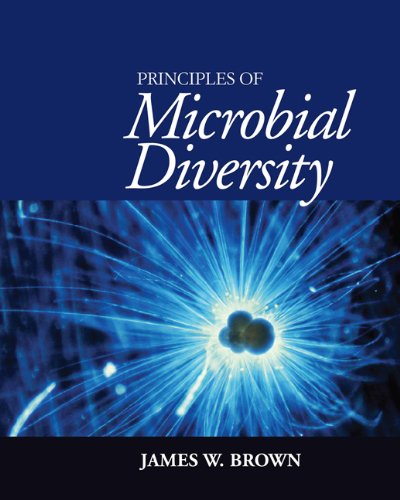

Most ebook files are in PDF format, so you can easily read them using various software such as Foxit Reader or directly on the Google Chrome browser.
Some ebook files are released by publishers in other formats such as .awz, .mobi, .epub, .fb2, etc. You may need to install specific software to read these formats on mobile/PC, such as Calibre.
Please read the tutorial at this link. https://ebooknice.com/page/post?id=faq
We offer FREE conversion to the popular formats you request; however, this may take some time. Therefore, right after payment, please email us, and we will try to provide the service as quickly as possible.
For some exceptional file formats or broken links (if any), please refrain from opening any disputes. Instead, email us first, and we will try to assist within a maximum of 6 hours.
EbookNice Team

Status:
Available4.5
33 reviewsEvery speck of dust, drop of water, and grain of soil and each part of every plant and animal contain their own worlds of microbes.
Designed as a key text for upper-level undergraduates majoring in microbiology, genetics, or biology, Principles of Microbial Diversity provides a solid curriculum for students to explore the enormous range of biological diversity in the microbial world. Within these richly illustrated pages, author and professor James W. Brown provides a practical guide to microbial diversity from a phylogenetic perspective in which students learn to construct and interpret evolutionary trees from DNA sequences. He then offers a survey of the “tree of life” that establishes the necessary basic knowledge about the microbial world. Finally, the author draws the student’s attention to the universe of microbial diversity with focused studies of the contributions that specific organisms make to the ecosystem.
Principles of Microbial Diversity fills an empty niche in microbiology textbooks by providing an engaging, cutting-edge view of the “microbial zoo” that exists around us, covering bacteria, archaea, eukaryotes, and viruses.